Have you ever played the Ender series? They’re these fantastic, 2D games that prioritizing quick responses and dodges to enemy attacks while also gradually developing your protagonist’s abilities to strengthen them and allow them to access new areas, while also doing some fantastic world-building. Really, Ender Lilies and Ender Magnolia are both just lovely. The reason I bring it up is that the Bandai Namco Studios Pac-Man Metroidvania Shadow Labyrinth feels like it desperately wants to channel that energy and experience, but isn’t all that good at it.
The opening moments of Shadow Labyrinth present us with a lot of information, but not a lot of definitive details behind what we’re seeing. The title screen shows a person playing a game on a device that looks like a Switch in a modern city before vanishing. We control a GAIA mech unit with what looks like Pac-Man as part of its core, facing hordes of enemies. When things start in earnest, we’re a silent protagonist in a cloak with only glowing eyes and black legs with blue glowing lines visible found in a prison by PUCK. PUCK, which appears to be a drone of some sorts, refers to us as Number 8, brings us to a sword to try to wield, seems disappointed when we can’t initially use it. It’s then that a prosthetic arm appears, which floats in a disembodied manner around No. 8’s body, allowing them to wield the weapon as a swordsman.
Simply put, the story isn’t well executed. I absolutely get withholding information from the player. It can be incredibly effective in some titles. But the execution here isn’t great, especially since PUCK isn’t charismatic or interesting as an individual to help carry this silent protagonist. Some reveals and twists do come up that can be satisfying, but it takes a while for that to happen. The script also features a lot of awkward phrasing, and that doesn’t help. One of the best early examples that isn’t a spoiler is PUCK asking our avatar, “Do you dislike having your bodily freedom taken away?” It all ends up being to the adventure’s detriment.
As Shadow Labyrinth features some Metroidvania element, there is the idea of multiple paths taking you through a maze-like world. Defeating certain bosses or acquiring items from Devouring defeated enemies lets you craft new upgrades, and it is possible to gain new abilities at certain points. However, there are a number of issues that keep this from feeling interesting or even balanced here. There are checkpoints, as is common in games like Castlevania and Metroid. However, only some of them allow you purchase upgrades or refill a meter that lets you, say, completely restore your health once. Given these waypoints are also awkwardly spaced and often too far apart, it means any setback can send you back drastically. You might not even get one that lets you upgrade and refill health ahead of a boss room. This is an especially egregious sin later in the game, which makes it feel like some of the latter segments can feel especially unbalanced as a result. NPCs like a shopkeeper also appear far too infrequently, given how critical the items they sell can be.
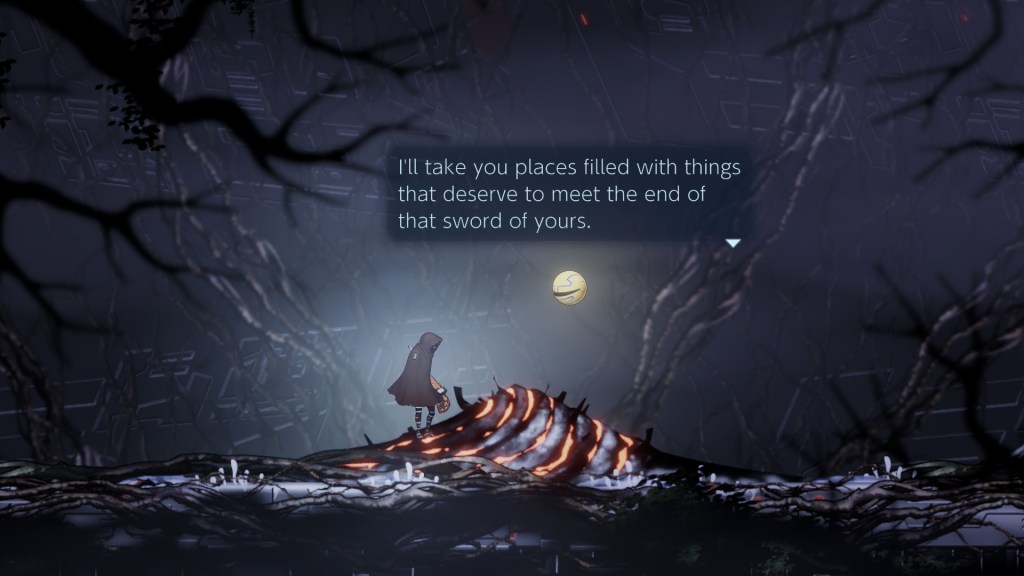
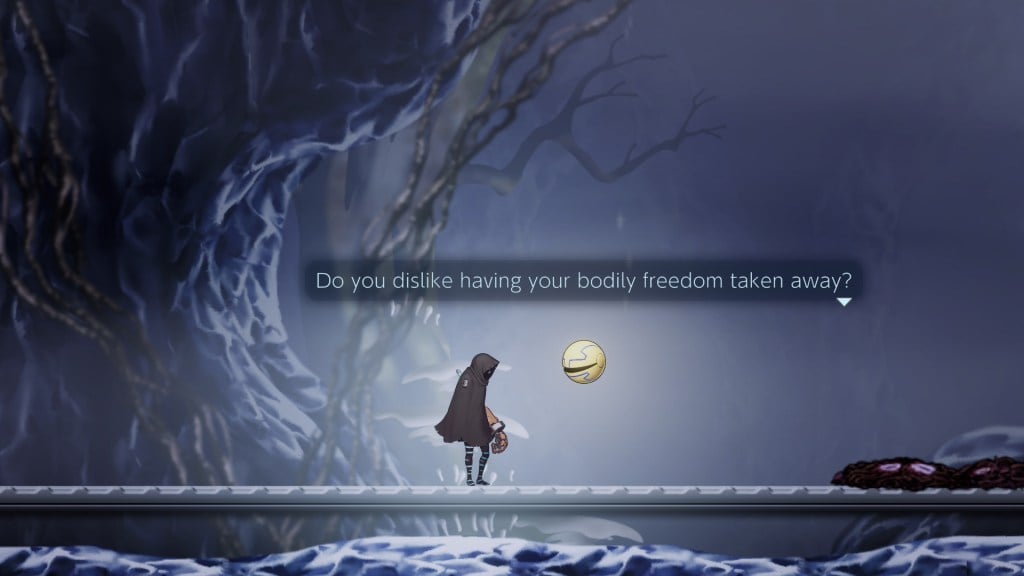
One of the greatest failings in this design is how the enemy logic works. They can be triggered to act, or not act, with the slightest movement. Even if you use the analog stick to scope ahead in Shadow Labyrinth, you may find a foe will attack and send an unexpected projectile that will catch you off guard. For example, in one area I didn’t bother defeating an archer due to just wanting to speed through a section. A lion enemy appeared in front of me. I was about to use the dash-dodge mechanic to essentially phase through it, when it turned out an arrow fired by that far-off-screen archer came out of nowhere. That hit me from behind and killed me. This happened a shocking number of times.
It’s not the only time Shadow Labyrinth felt clumsy. Take the D-Line areas. These transform you into Mini-PUCK and involve auto-advancing movement. Gauging the jumps off of these at some points are the most imprecise moments in the game, even if the arc is displayed that gives you an idea of where you’ll fly or land. When you perform an attack on it, it’s straight up and down. If an enemy is on a platform, there’s a good chance the attack will be blocked, even though it seems like the energy of your sword cuts through it. Since these segments do get more difficult as the game goes on, I sometimes felt like I was working against the controls to successfully accomplish some of the latter, trickier segments.
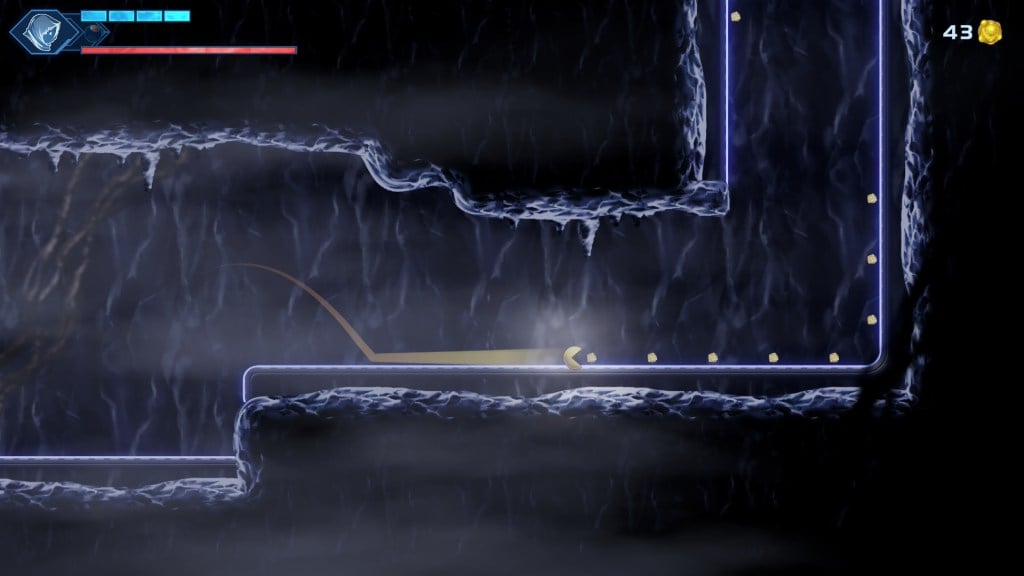
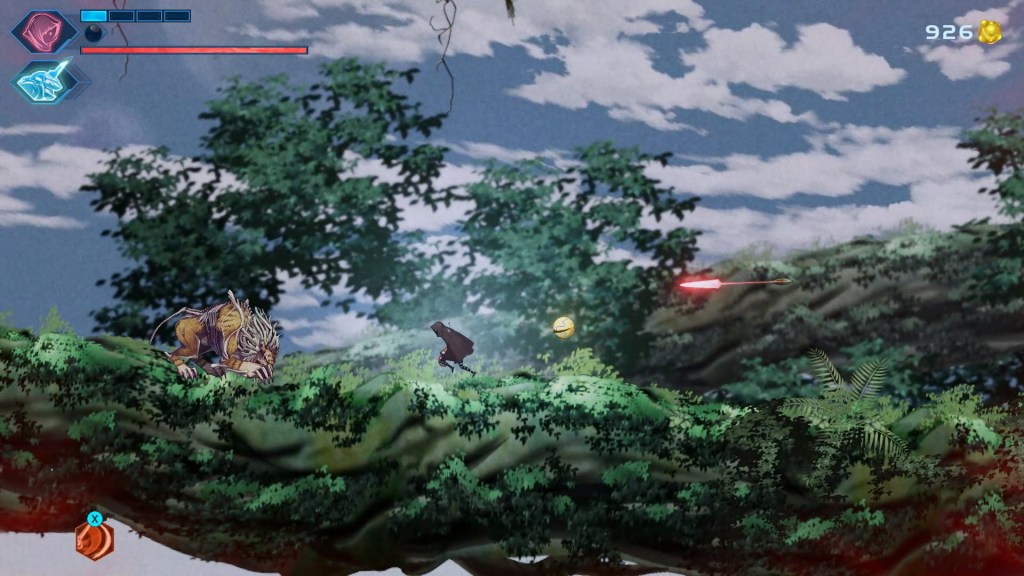
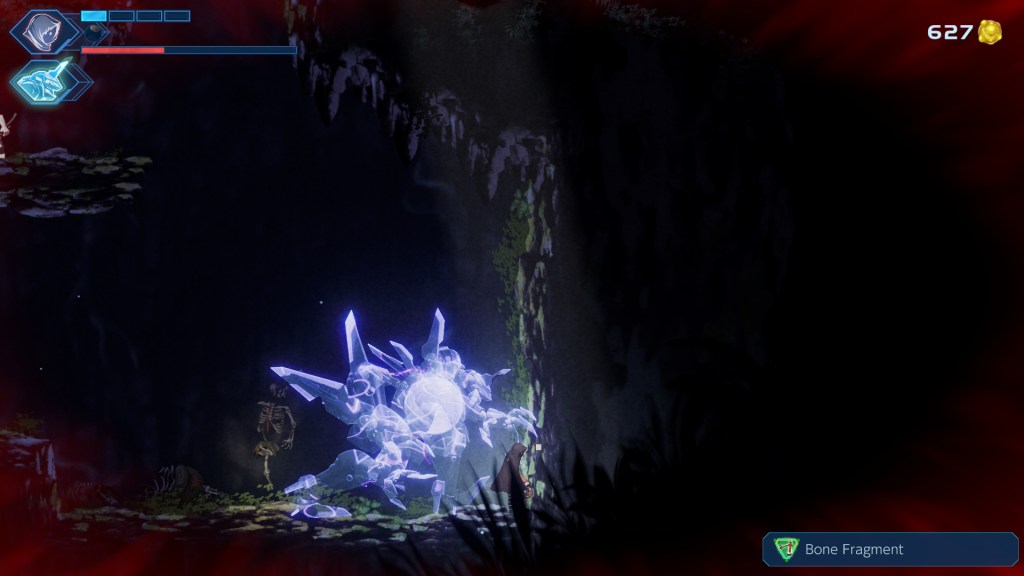
The Devour mechanic is also inaccurate in a way that left me constantly frustrated. But it’s necessary, since it is the only way to get crafting materials. You expend energy when you use it on a downed foe, which isn’t ideal considering enemies’ bodies disappear pretty quickly and you might be in a situation during which you dodged a few times and need to wait for a recharge. However, even worse is that positioning can be annoying. If the enemy is just in front of you, you might not Devour it due to it being out of reach. You almost need to stand right on top of a body to get it, and that might be impossible due to how they drop and the time limit before they fade away.
Shadow Labyrinth happens to be a game filled with cheap deaths too. The actual bosses? They’re not difficult at all. Attacks are clearly telegraphed, and the only time I really tended to take damage is when I’d misjudge the hitboxes when performing the dash to dodge through them and their assaults, as sometimes No. 8 would touch part of their body and take damage from that. Hit ‘em enough, and they’ll be stunned so you can take them out more. The cheap attacks from enemies at awkward positions in areas were much more “terrifying.”


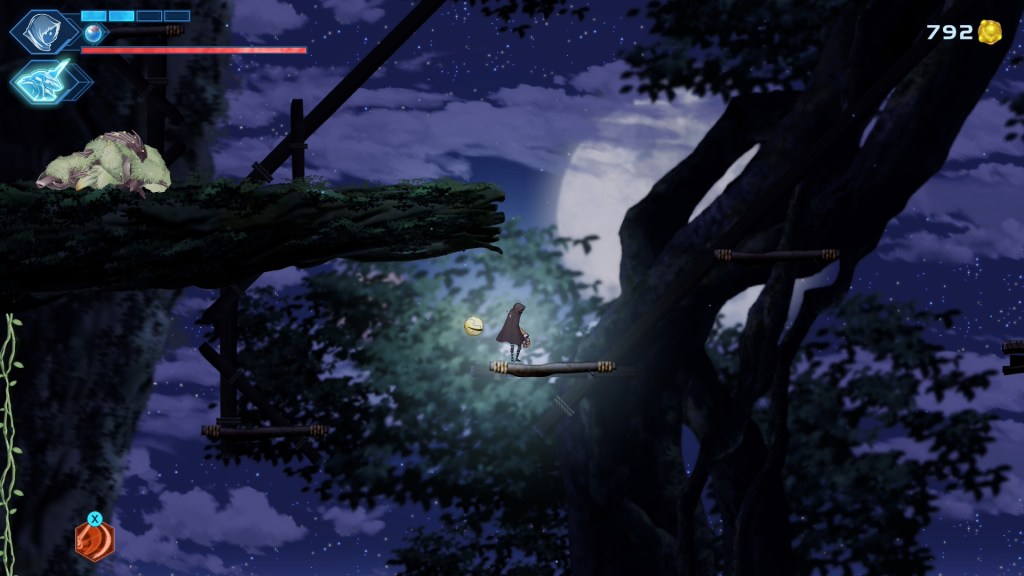
The environmental design can work against you sometimes as well. I don’t want to get into spoilers here, so I’ll use the early area set in a giant tree as an example. There will be sections that are suddenly doors to different areas, but they aren’t clearly telegraphed and you won’t realize it’s actually a door to another space until you walk right in front of it and notice the icon. Time can pass and, if you have the misfortune of being outside when it does, there are some sections where platforms or elements may look practically invisible unless No. 8 is directly on top of them due to the ambient light the character gives off.
Speaking of design, I’m not a fan of the 2D character and NPC execution in Shadow Labyrinth. It uses a the type of 2D skeletal animation style where every character looks like a paper doll. You’ll very clearly see leg parts and arm parts move. Now, there is nothing wrong with using this style of animation. The Ender Lilies and Ender Magnolia games I raved about earlier do so! In this case, it feels especially evident due to character designs. There are a few that look okay when standing still, but the second they move it’s awkward and can even look cheap.
I’ve been pretty down on Shadow Labyrinth so far. I will say that, while I didn’t find the story compelling or find the gameplay remarkable, there are some really interesting callbacks. You can see the inspiration behind some characters or opponents. And, again, when they stand still they can sometimes look cool. But I found these moments few and far between, so I needed to go through a lot of unremarkable things to see something that made me go, “Oh, that’s neat.” Someone with a deep love of Pac-Man or classic Bandai Namco works might be willing to give it a shot, even though it’s flawed, for the sake of nostalgia.
Another downside is, if you got the Deluxe Edition with digital art book and soundtrack, the art book function is broken on the Switch 2 if you don’t get the most recent patch. (Since it was available ahead of launch, it should be all set for everyone.) Without the update, it remains stuck on the first page and shows nothing but empty white space. However, even after its repaired, it lacks basic functions like a zoom feature, which is disappointing.
Nostalgia for a character like Pac-Man can only do so much, and I fear the uneven nature of Shadow Labyrinth could prove too off-putting. The story isn’t handled well and can plod along, many gameplay elements aren’t precise enough, progression isn’t well-balanced, and the 2D skeletal animation with its paper doll puppets don’t feel like the right choice. There are too many other titles that do what it does better in every way. If you love Bandai Namco classic series, that are some fun references, but you need to put up with a lot to see them.
Shadow Labyrinth will be available on the Switch, Switch 2, PS5, Xbox Series X, and PC on July 18, 2025.
Shadow Labyrinth is a 2D action platformer and a genre-twisting alternate take on the iconic PAC-MAN. As The Swordsman, you wake on a mysterious planet amidst relics of wars past. To survive you will discover secrets, consume your enemies, and grow from prey to apex predator. Switch 2 version reviewed. Review copy provided by company for testing purposes.
Nostalgia for a character like Pac-Man can only do so much, and I fear the uneven nature of Shadow Labyrinth could prove too off-putting for most.


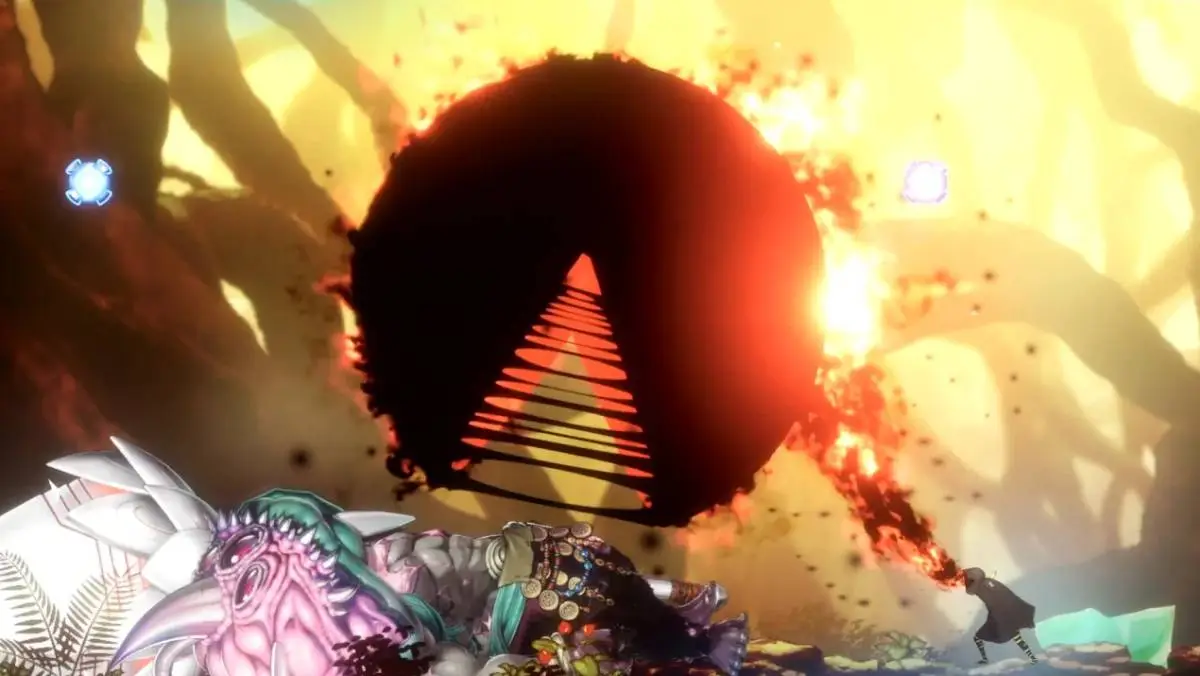
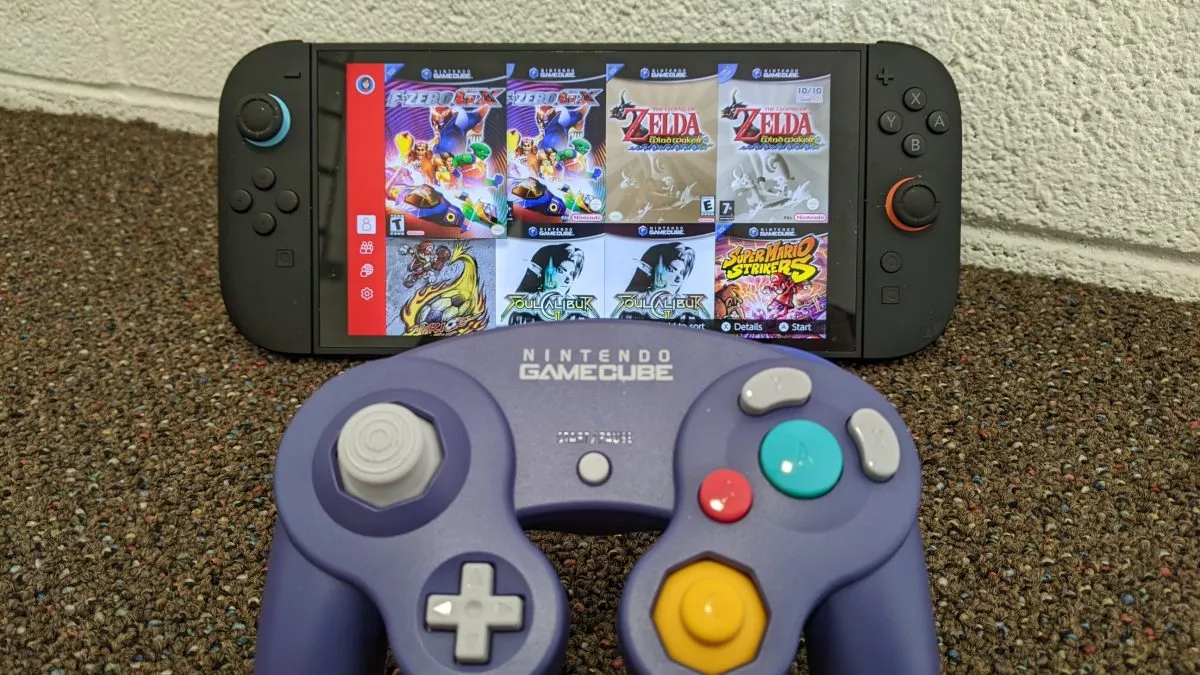
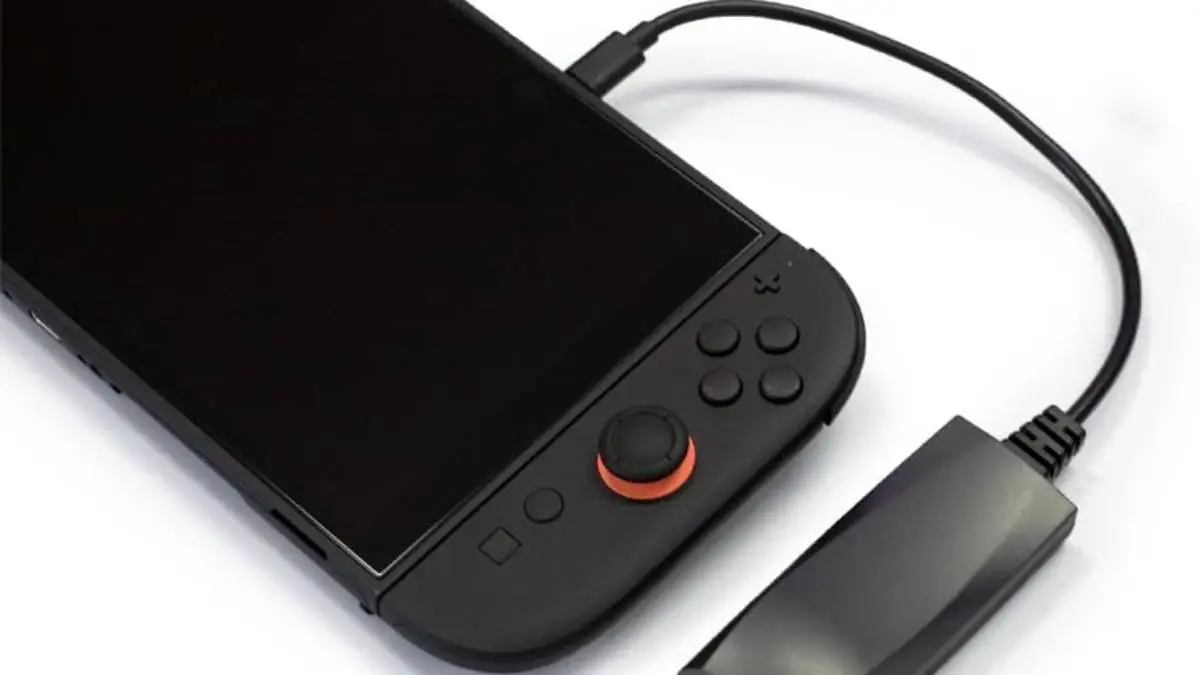
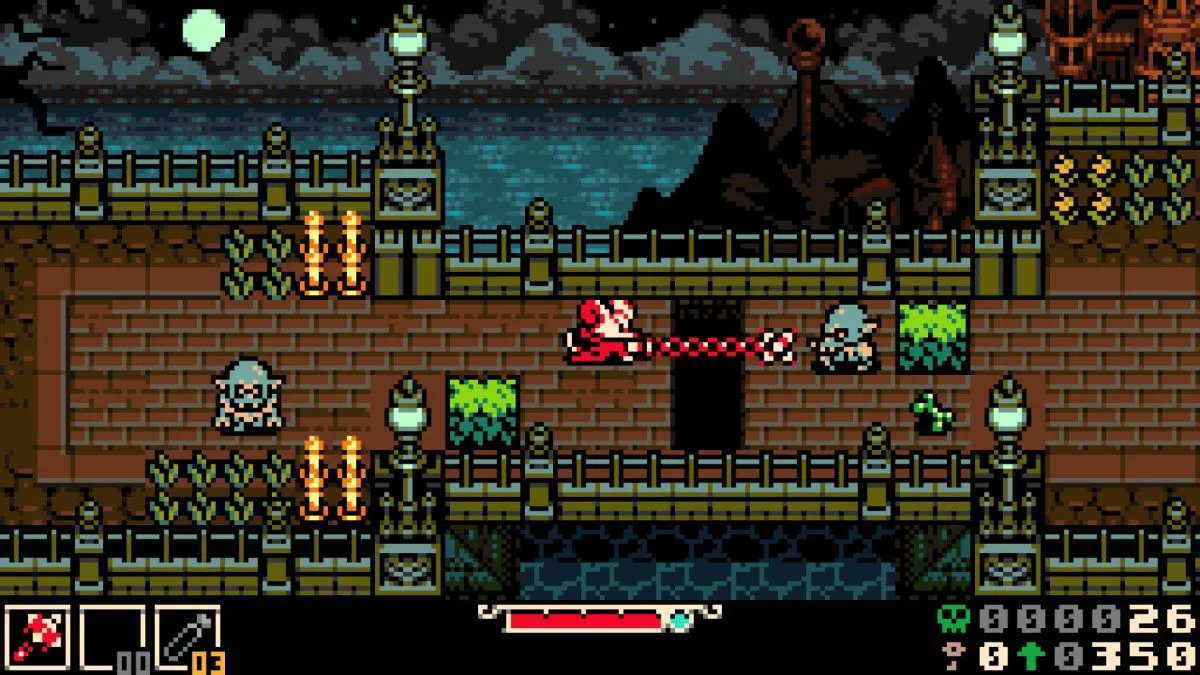
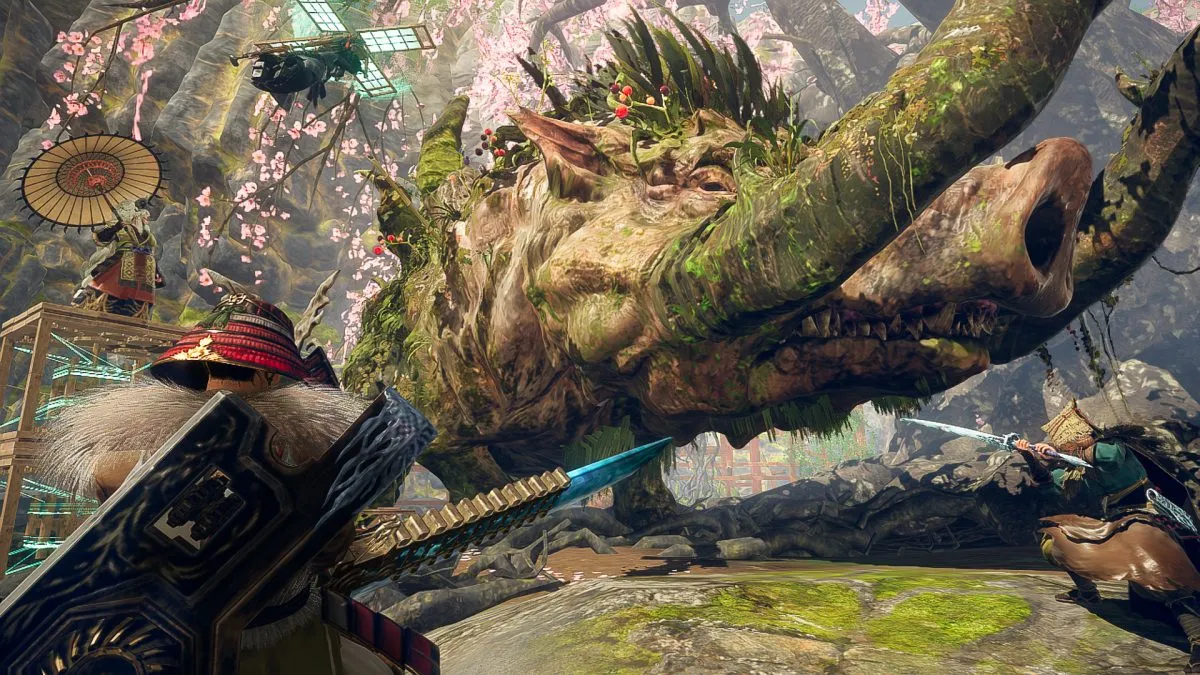
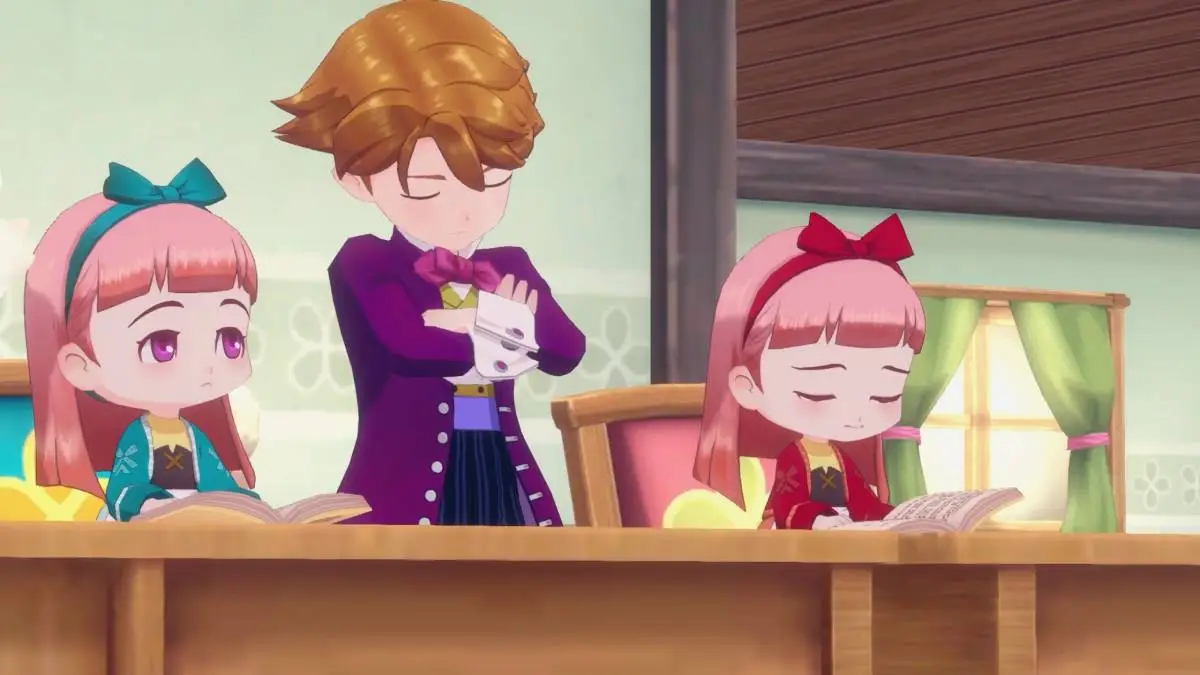

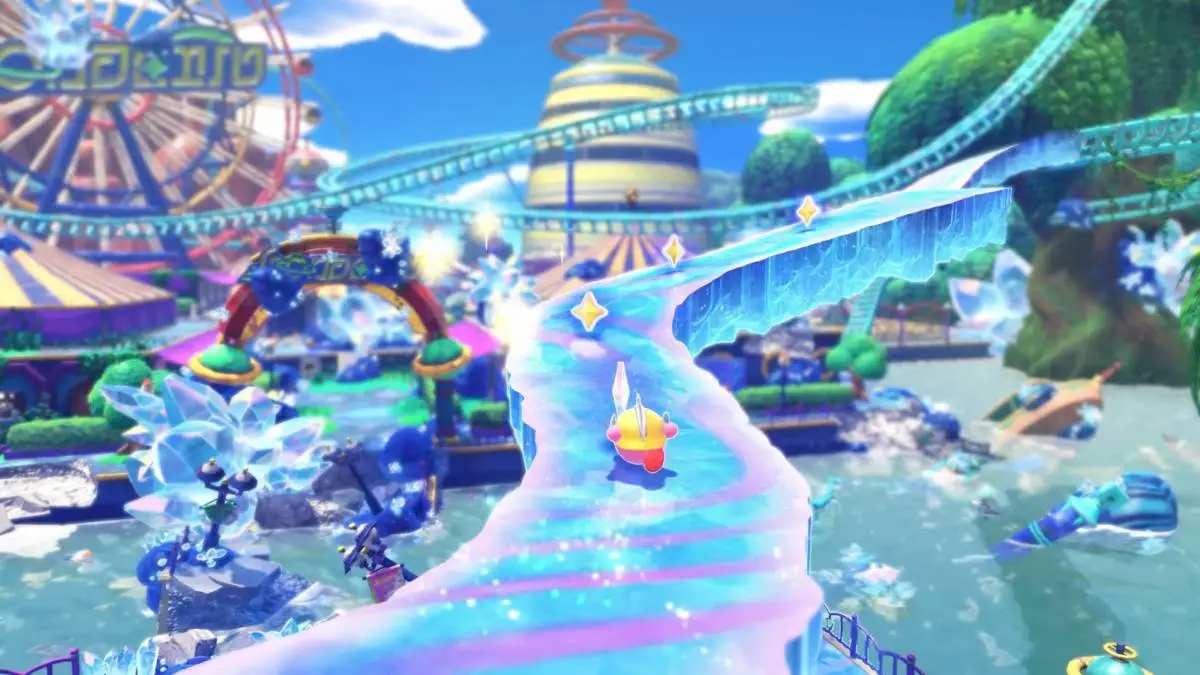
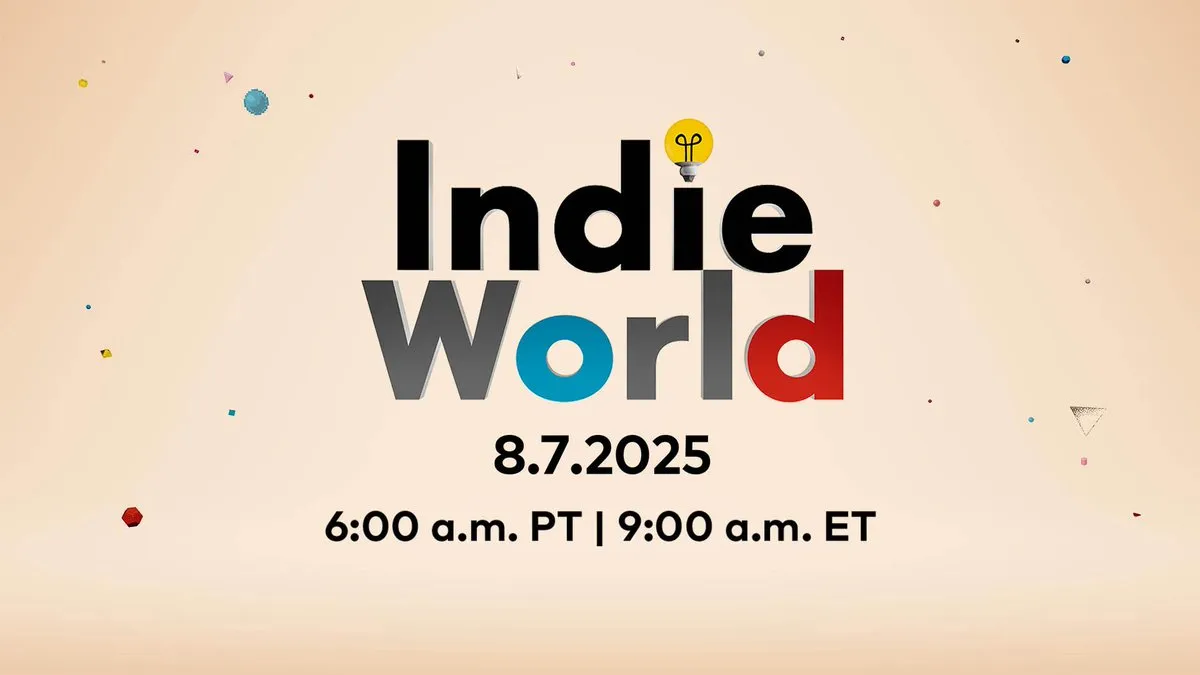

Published: Jul 17, 2025 10:01 am